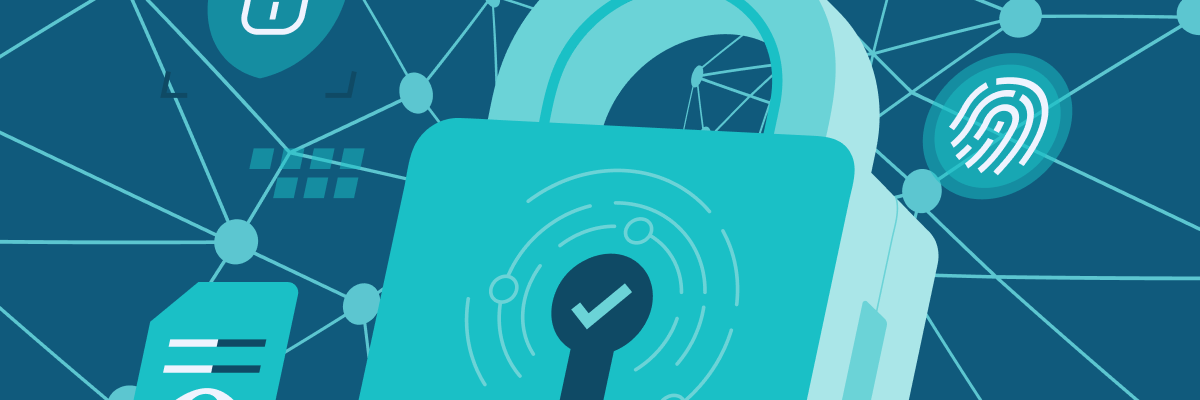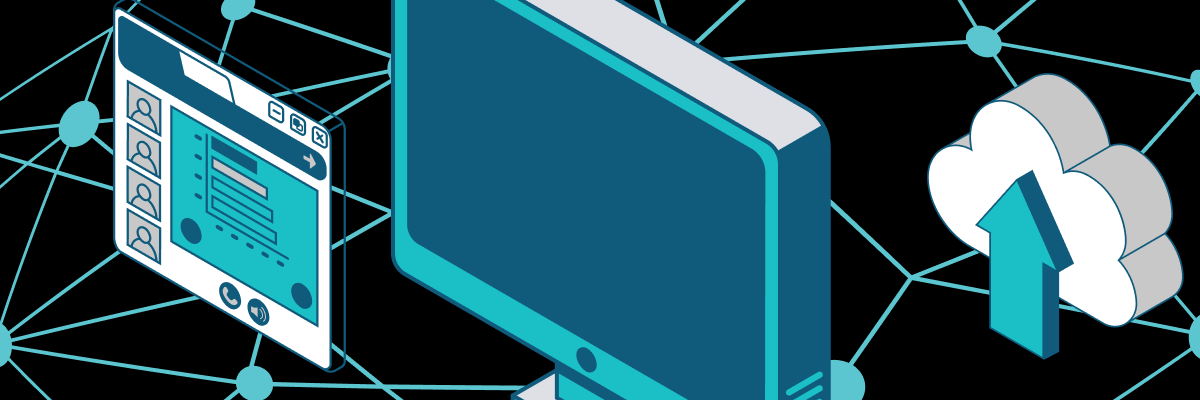10 Sep 2025
Today marks Microsoft Patch Tuesday for September 2025, addressing 86 vulnerabilities. This includes several remote code execution and privilege escalation...
04 Sep 2025
Future hacks won’t trigger alarms or leave traces. No security measures will be violated. The systems are functioning normally –...
25 Aug 2025
PHILADELPHIA (Aug 25, 2025) – Outpost24, a leading provider of exposure management solutions, today announced it has been named as...
20 Aug 2025
Shadow IT has evolved from an occasional nuisance to a pervasive security challenge that affects every organization. These unauthorized applications,...
13 Aug 2025
Today marks Microsoft Patch Tuesday for August 2025. There are 111 vulnerabilities that have been addressed this time around. This...


